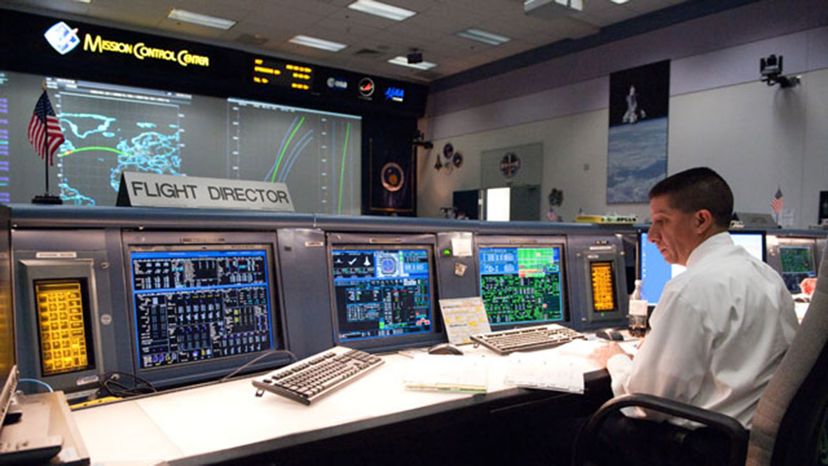How Is NASA Organized?

When you think of NASA, you likely think of the astronauts, but there's a lot of other personnel at the organization. Accomplishing NASA's mission requires people to develop and build new technologies, assemble and test spacecraft and their components, train astronauts and pilots, and provide mission support services. The organization also funds research by thousands of scientists across the nation.
Doing all that is expensive and complicated. NASA's budget in fiscal 2018 was $20.7 billion, up $1.1 billion from the previous year [source: Wall]. The organization has a staff of 17,400 employees, distributed among 17 NASA centers and facilities across the U.S., plus another 60,000 contractors whose work supports them [source: NASA].
Advertisement
NASA's internal structure has evolved over the years, but as of 2018, it was organized into directorates, located at NASA headquarters in Washington, D.C., that handle various parts of its mission.
- The Science Mission Directorate (SMD) focuses on increasing scientific knowledge of the solar system, the reaches of space and time, and Earth itself. It uses a variety of tools, from robotic orbital observatories to ground-based instruments.
- The Human Exploration and Operations Mission Directorate (HEOMD) researches and develops technology to enable humans to live and work in space and also manages space communication and navigation services.
- The Space Technology Mission Directorate (STMD) develops the technology needed for space exploration and other space missions.
- The Mission Support Directorate (MSD) improves institutional processes for space missions, to make them safer and more efficient.
- The Aeronautics Research Mission Directorate (ARMD) works on transforming terrestrial aviation, by improving aircraft and operations efficiency and safety, and also works to reduce the environmental impact of flight.
- The Administrator's Staff Offices is the top layer of leadership at NASA, which oversees everything from safety on space missions to managing the workforce to coordinating with other nations in space partnerships.
- The Office of Inspector General (OIG) is the official watchdog that keeps an eye on the agency and how it spends taxpayer dollars [source: NASA].